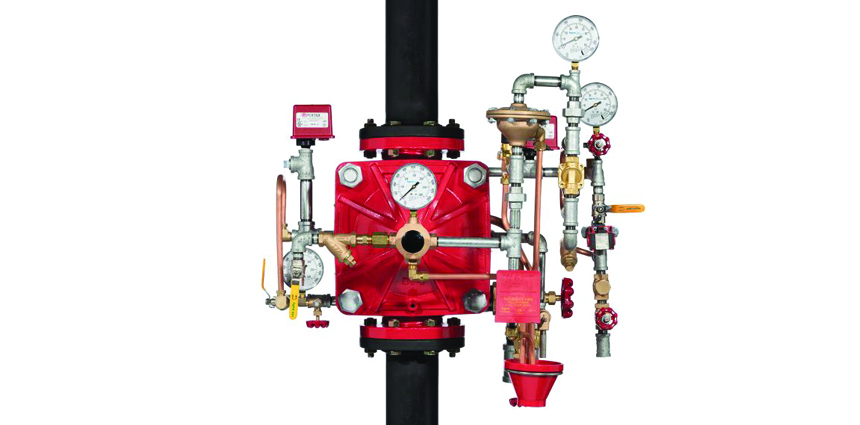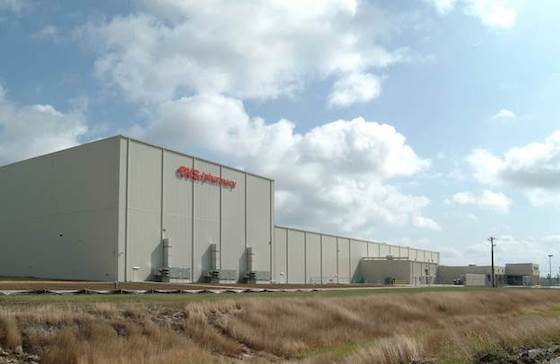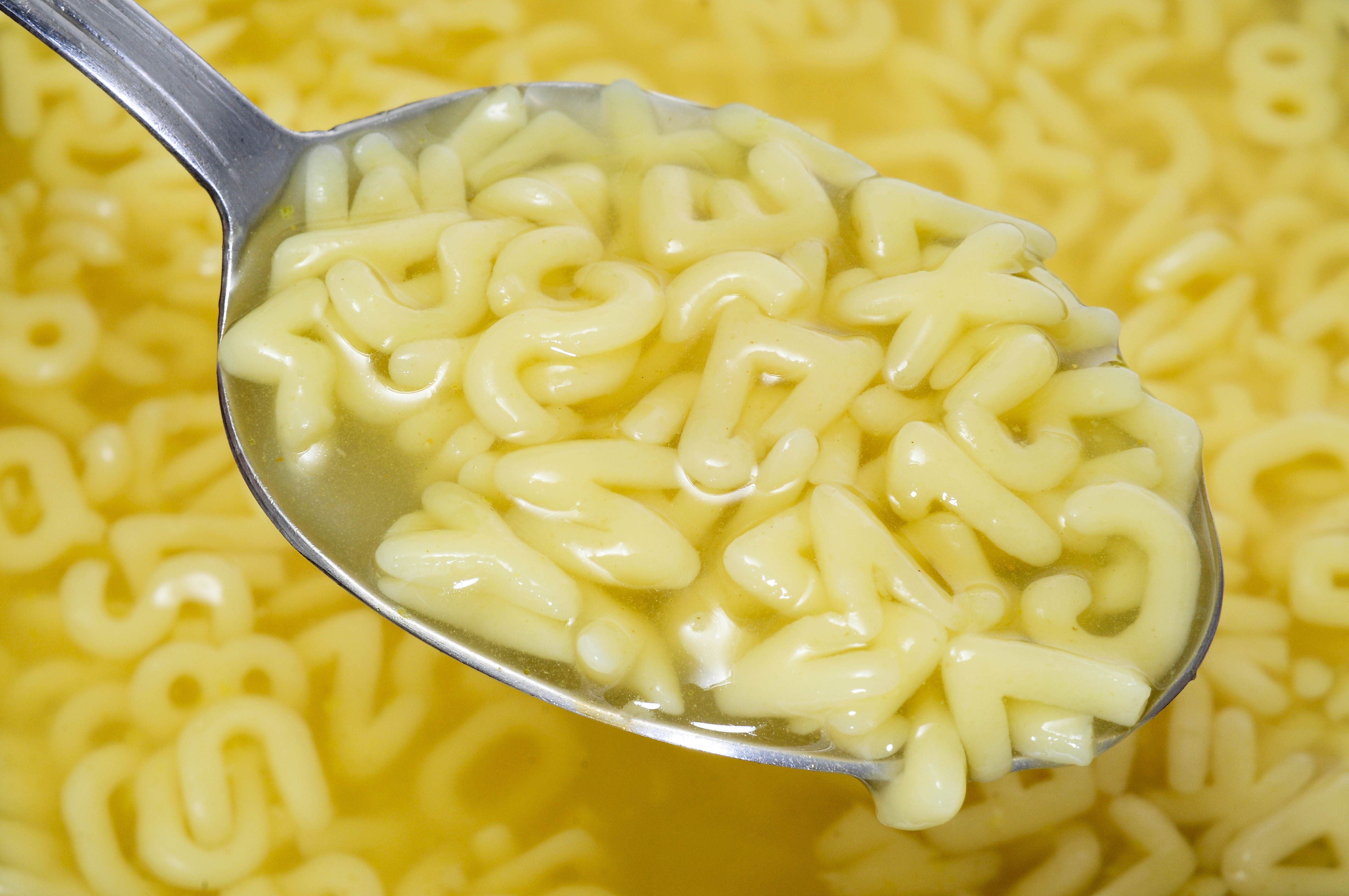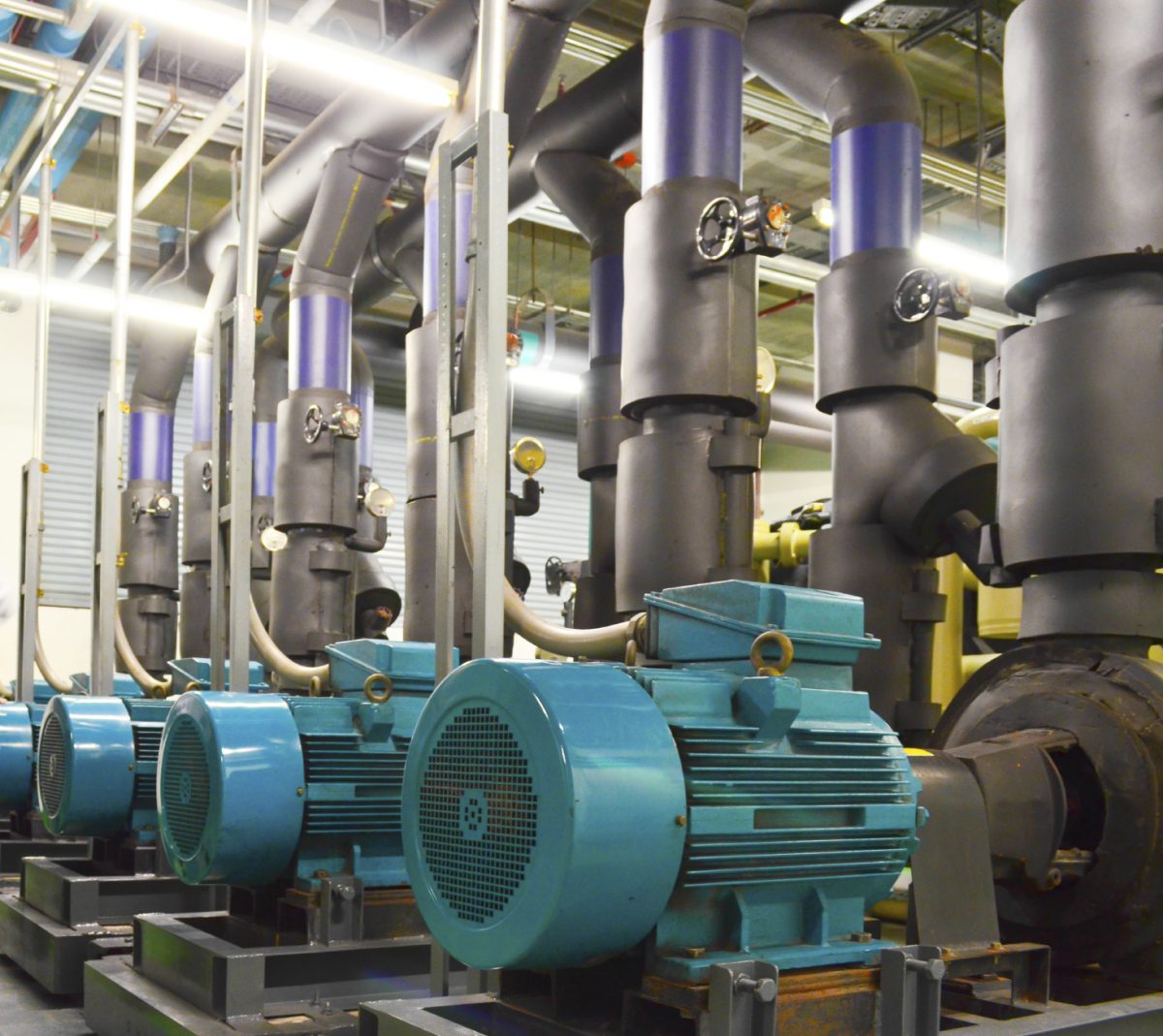Quell Sprinkler System: The Best Fire Protection for Cold Storage Facilities
Source: Tyco Fire Protection ProductsMany food distribution warehouse owners rely on a proven “ceiling only” fire protection system designed specifically for cold storage facilities. The Quell™ Fire Sprinkler System (K17), developed in 2006, has quickly become an industry standard for cold storage warehouses — and for good reason.
Continue Reading “Quell Sprinkler System: The Best Fire Protection for Cold Storage Facilities”




![Prepare Your Food Plant for a Hurricane [Infographic]](https://stellarfoodforthought.net/wp-content/uploads/2015/10/Untitled-design.png)



![[Infographic] 7 Best Practices for Gluten-Free Manufacturing](https://stellarfoodforthought.net/wp-content/uploads/2016/10/BREAD.png)



